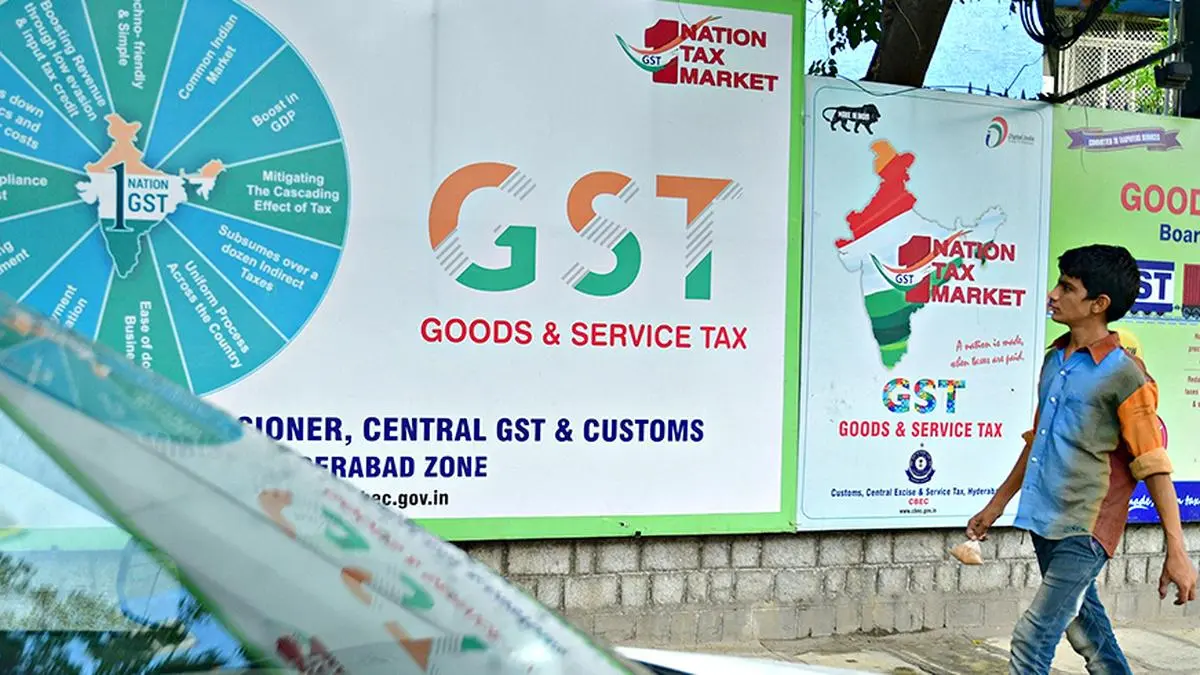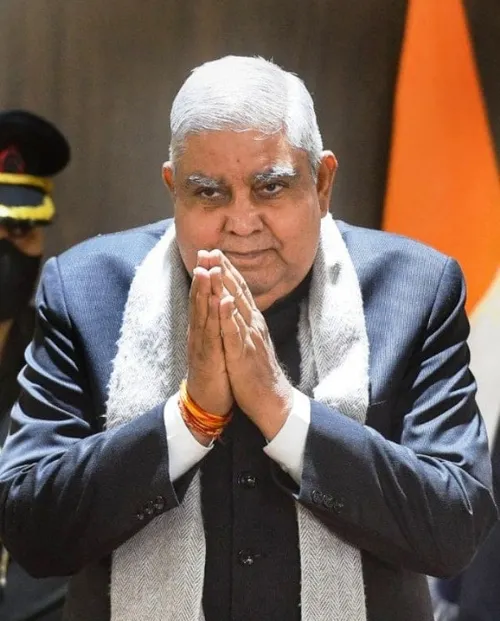
| Photo Credit:
NAGARAGOPAL
The GST Council will meet soon to take up issues including rate rationalisation, government sources said here on Friday. The last meeting took place on December 21 at Jaisalmer (Rajasthan)
“There are three or four different aspects relating to making GST simpler. We will take up the issue of compensation cess, rate rationalisation and simplification,” a source said.
Rule says that the Council should meet at least once in a quarter, however, it has been more than 5 months since the last meeting took place. Finance Minister Nirmala Sitharaman is the Chairperson of the Council while Union Minister of State in the Finance Ministry, representative Ministers of 28 States and 3 Union Territories (with legislatures) are Members.
Key issues
“There was Budget session during February and April. Then terror attack took place followed by Operation Sindoor,” the source said while explaining why the meeting has not taken place yet. There are three key issues – GST rate on insurance premia including health insurance, future of compensation cess and rate rationalisation. There are two Group of Ministers (GoM) looking into these issues.
Though GoM on insurance premia did submit its report before the last meeting, the GST Council asked the Group to further consider the issue and come up with reworked report. The key issue before the GoM is restructuring the rate on health insurance and some kind of life insurance. As on date, insurance premia, like financial services attract GST at the rate of 18 per cent.
GoM on rate rationalisation did give some interim reports and accordingly the GST Council recommend changing rates on some goods and services. However, the GoM is suggest overall rate restructuring where number of slabs could be lowered. As on date, there are four general rates (5, 12, 18 and 28 per cent) apart from some special rates such as 3 per cent on precious metals and 0.25 per cent on diamonds. The GoM is also expected to suggest about ending inverted duty structures (Higher duty on inputs and lower on output).
Then goods such as tobacco and fossil fuel vehicles attract cess over and above 28 per cent GST rate. Technically, all cess and surcharge (Centre and States) are part of GST. However, in order to compensate States for lower revenue growth post- GST introduction, a compensation cess through separate law was prescribed for the period of first five years i.e., till 2022. Later, to repay the back-to-back loan to meet the shortfall in GST Compensation, the levy and collection of cess have been extended up to March 31, 2026
New mechanism
That is why the debate has intensified over the post-March 2026 situation about a new mechanism after the compensation cess gets abolished. A GoM under the Chairmanship of Minister of State in Finance Ministry Pankaj Chaudhry is to make taxation proposal to replace compensation cess after its abolition.
Earlier, the group was to submit the report by this month, but they have been given time till June 30, 2025. Government officials have indicated that cess is likely to continue albeit with a new nomenclature.
Published on May 23, 2025
Anurag Dhole is a seasoned journalist and content writer with a passion for delivering timely, accurate, and engaging stories. With over 8 years of experience in digital media, she covers a wide range of topics—from breaking news and politics to business insights and cultural trends. Jane's writing style blends clarity with depth, aiming to inform and inspire readers in a fast-paced media landscape. When she’s not chasing stories, she’s likely reading investigative features or exploring local cafés for her next writing spot.






